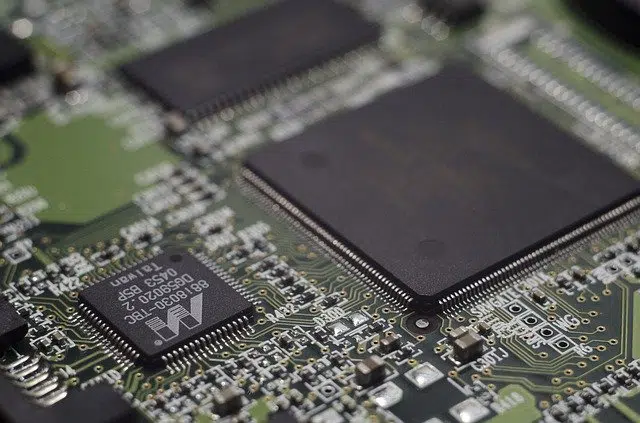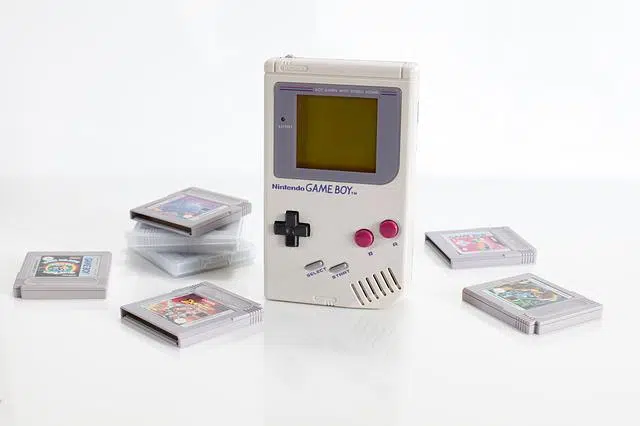
ROM is an acronym for Read Only Memory.
ROM is a computer term that stands for Read Only Memory . It is a storage medium used by computers and other electronic equipment.
The data saved in the ROM memory cannot be modified by the common user. This type of memory is used to store firmware ( software linked to specific hardware) and other data essential for the operation of the computer.
Historical evolution and different types of ROM
There are various types of ROM. The oldest are MROMs (which store permanent, unchangeable data ), while more modern ones are EPROMs and Flash EEPROMs , which can be rewritten and programmed.
The first computers had their operating system stored in ROM. For updates, it was necessary to replace the ROM chip with a new one. Technology has advanced considerably since then and in today's computers only a few programs are housed in ROM, while the majority are located on hard drives or Flash memory, among other technologies.

Game Boy console games use ROM memories on cartridges.
Console cartridges
It should be noted that certain video game consoles use ROM memories on cartridges , as is the case with Sega Mega Drive , Super Nintendo or Game Boy games, for example.
The ROM only works when the cartridge is inserted into the corresponding space and the data is read . By removing the cartridge, the information is no longer accessible.
In the case of computers, ROM is still used to store data since they offer higher speeds than hard drives . On the other hand, it is impossible to read a program that requires the execution of a disk from the disk itself and this is one of the reasons why the BIOS of computers is housed in ROM memory.
Differences between ROM and RAM
From the nomenclature, there are clear differences between ROM (Read Only) and RAM (Random Access) memory. RAM memory is better known by users, since it is usually part of the technical specifications of computers, video game consoles, mobile phones and tablet PCs, among other devices , and is generally associated with the power of the equipment, although this not be correct.
The meaning of the word "random" in the name of RAM refers to the fact that each time it is used, the data is stored in random cells, and the access time to each of them does not depend on its location. physical level within the card given that, unlike a hard drive, instead of traversing it until it finds the desired point, it is addressed as if it were a Cartesian table.
RAM, which is also known as temporary or volatile , has the possibility of being constantly rewritten and read; In fact, it is one of its essential features, the task for which it was created. The programs that the user wants to run are stored there, including the operating system itself, trying not to allocate the same space to two applications simultaneously.
A characteristic that can be considered a weak point is that when the power supply is cut off, its contents disappear. Hence the need to have a permanent storage medium, where applications and personal documents can be stored. ROM memory was one of the responses to these requirements, and was designed in such a way that it had enough information to boot the computer, control the connected devices and components, load and run the operating system and other functions. , which make up the so-called BIOS.
Taking into account all the features just mentioned and adding them to the impossibility of writing freely in ROM memory, it is clear that although their names differ by only one letter, RAM and ROM technologies assume very different roles.
